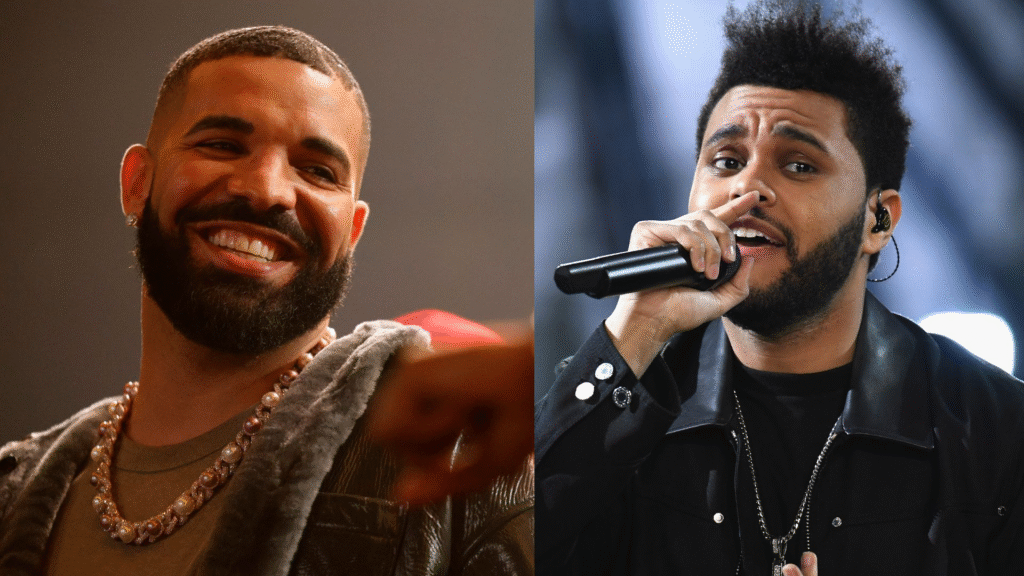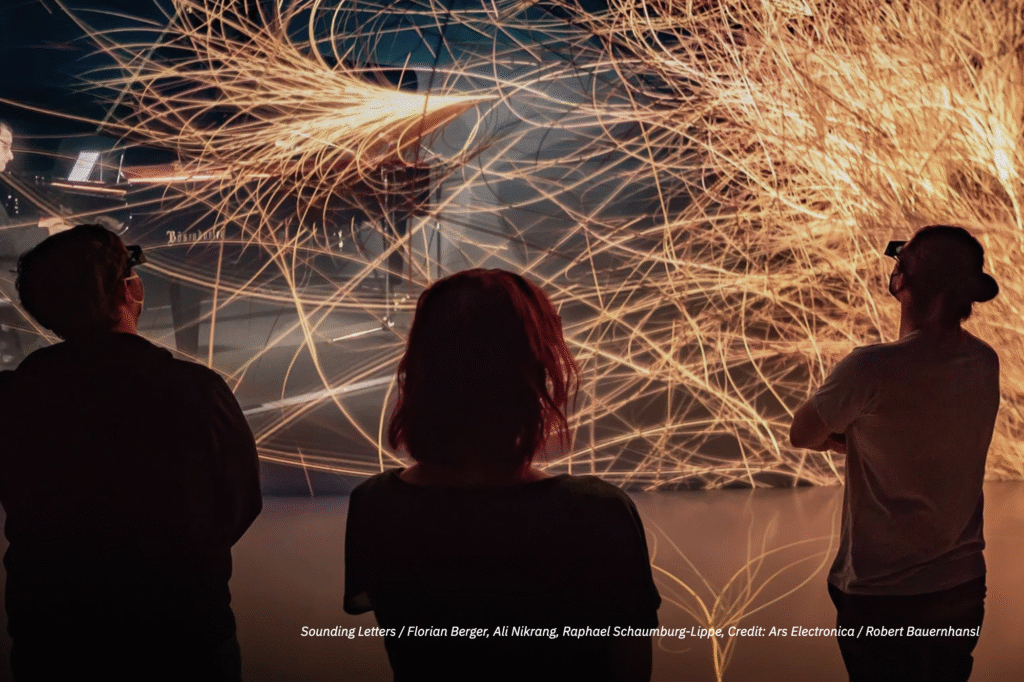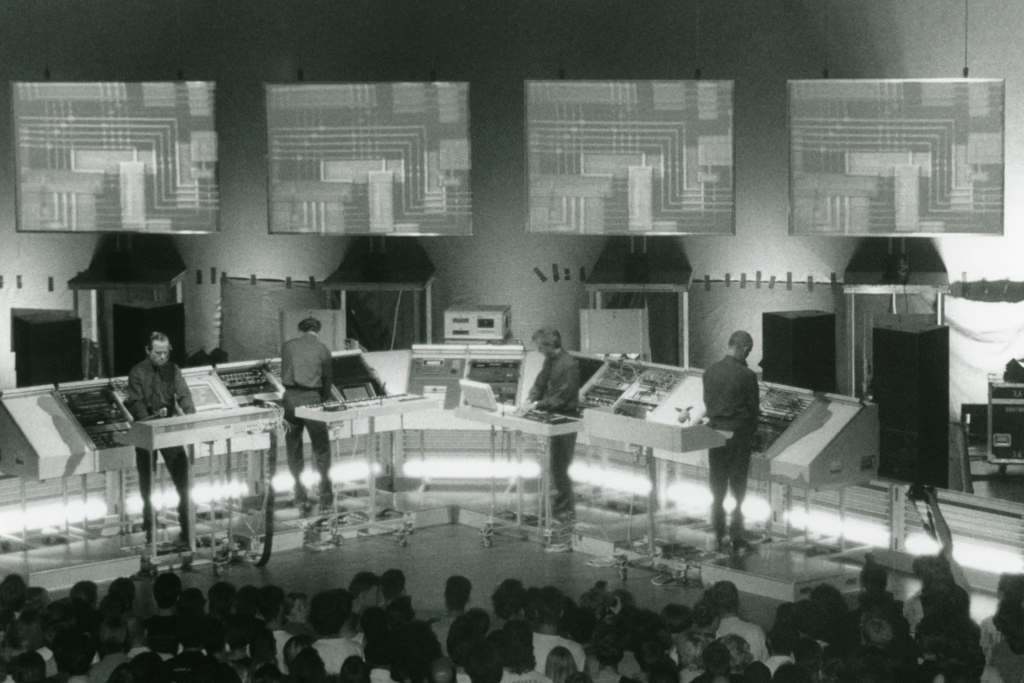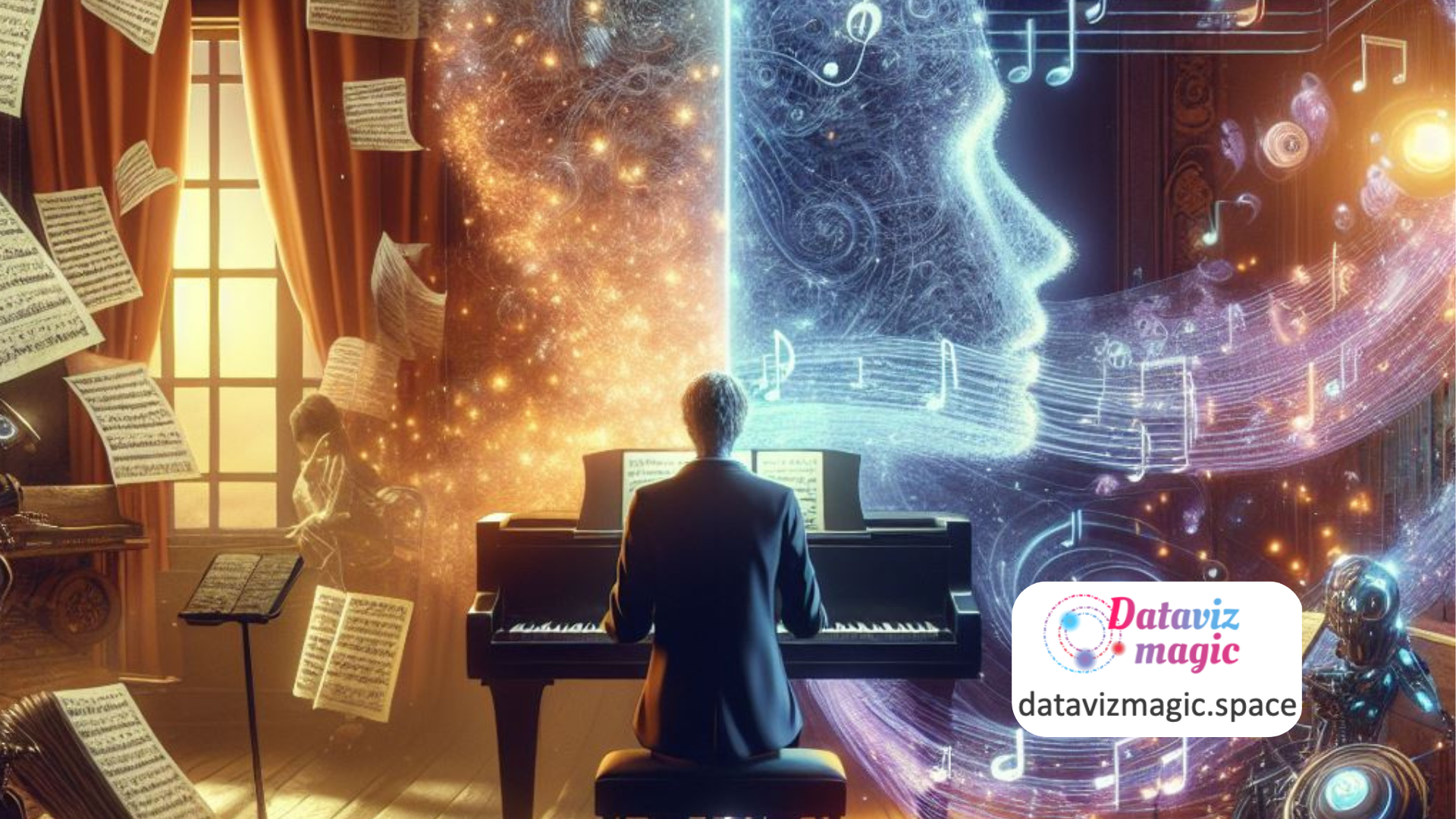|
Getting your Trinity Audio player ready…
|
In the spring of 2023, a song titled Heart on My Sleeve went viral. It featured the unmistakable voices of Drake and The Weeknd except it wasn’t them. It wasn’t even human. The track was generated by an anonymous user using artificial intelligence, and it sent shockwaves through the music industry. This moment, both thrilling and unsettling, marked a turning point in how we think about creativity, authorship, and control in the age of AI.
The Ars Electronica article Between Inspiration and Loss of Control dives deep into this cultural shift, exploring how AI is no longer just a tool for automation, but a collaborator in the creative process. From music to visual art, artificial intelligence is reshaping the boundaries of what it means to create. But with this transformation comes a profound tension: are we gaining new forms of inspiration—or surrendering control?

Artists like Holly Herndon have embraced this ambiguity. Her project Holly+ allows others to use a synthetic version of her voice, turning her identity into a shared creative resource. It’s a radical act of openness, but also a philosophical provocation: if anyone can sound like Holly, what does it mean to be Holly? Where does the artist end and the algorithm begin?
This question echoes across disciplines. In visual arts, AI-generated works like Théâtre d’Opéra Spatial have won awards without juries realizing they were machine-made. In literature, AI can now mimic the style of famous authors with eerie precision. And in music, tools like Sora and Jukebox are composing melodies that blur the line between imitation and innovation.
Yet not everyone is celebrating. Artists like Nick Cave have pushed back, arguing that true art is born from human emotion—grief, joy, struggle. “This song is bullshit,” he said of an AI-generated imitation of his work. For Cave, creativity is not just about output, but about experience. AI can simulate, but it cannot suffer. It can remix, but it cannot remember.

This divide, between those who see AI as muse and those who see it as menace, defines the current cultural moment. On one side, there is excitement about new possibilities: faster workflows, unexpected collaborations, and access to tools once reserved for experts. On the other, there is fear of homogenization, of losing the raw, imperfect beauty that defines human expression.
The Ars Electronica Futurelab, through projects like Waltz Symphony, is attempting to navigate this tension. By collaborating with musicians and institutions, they explore how AI can assist in composition without simply replicating the past. It’s a delicate dance—one that requires both technical precision and artistic intuition.
What emerges from these experiments is a new kind of authorship: one that is distributed, dynamic, and deeply collaborative. In this model, the artist is not replaced by the machine, but redefined in relation to it. Creativity becomes a dialogue, not a monologue. The work is no longer a solitary act, but a shared process between human and code.
This shift also demands new ethical frameworks. Who owns an AI-generated song? What happens when a synthetic voice is used without consent? How do we ensure that training data doesn’t perpetuate bias or erase marginalized voices? These are not just technical questions—they are cultural, legal, and deeply personal.
At the heart of this debate is a paradox: AI can generate content faster than ever, but it also forces us to slow down and reconsider what we value in art. Is it originality? Emotion? Labor? Identity? The answers are not fixed, and perhaps they never were. But in asking them, we begin to understand the stakes of this new creative era.
In many ways, AI is holding up a mirror to our own creative processes. It reveals how much of what we call “original” is built on patterns, influences, and repetition. But it also challenges us to go deeper—to find the parts of ourselves that cannot be coded, the stories that resist automation.

The future of art in the age of AI will not be defined by machines alone. It will be shaped by the choices we make: how we use these tools, how we protect human dignity, and how we redefine creativity for a world where inspiration and control are constantly in flux.
As Ars Electronica reminds us, this is not a battle between humans and machines. It is a conversation—sometimes harmonious, sometimes dissonant—about what it means to create in a world where the boundaries between artist and algorithm are dissolving.

And perhaps, in that space between inspiration and loss of control, we will find something new: a form of creativity that is not less human, but more expansive, more inclusive, and more attuned to the complexity of the world we are building together.
#datavizmagic #datavizshow #datastorytelling #datavisualization

